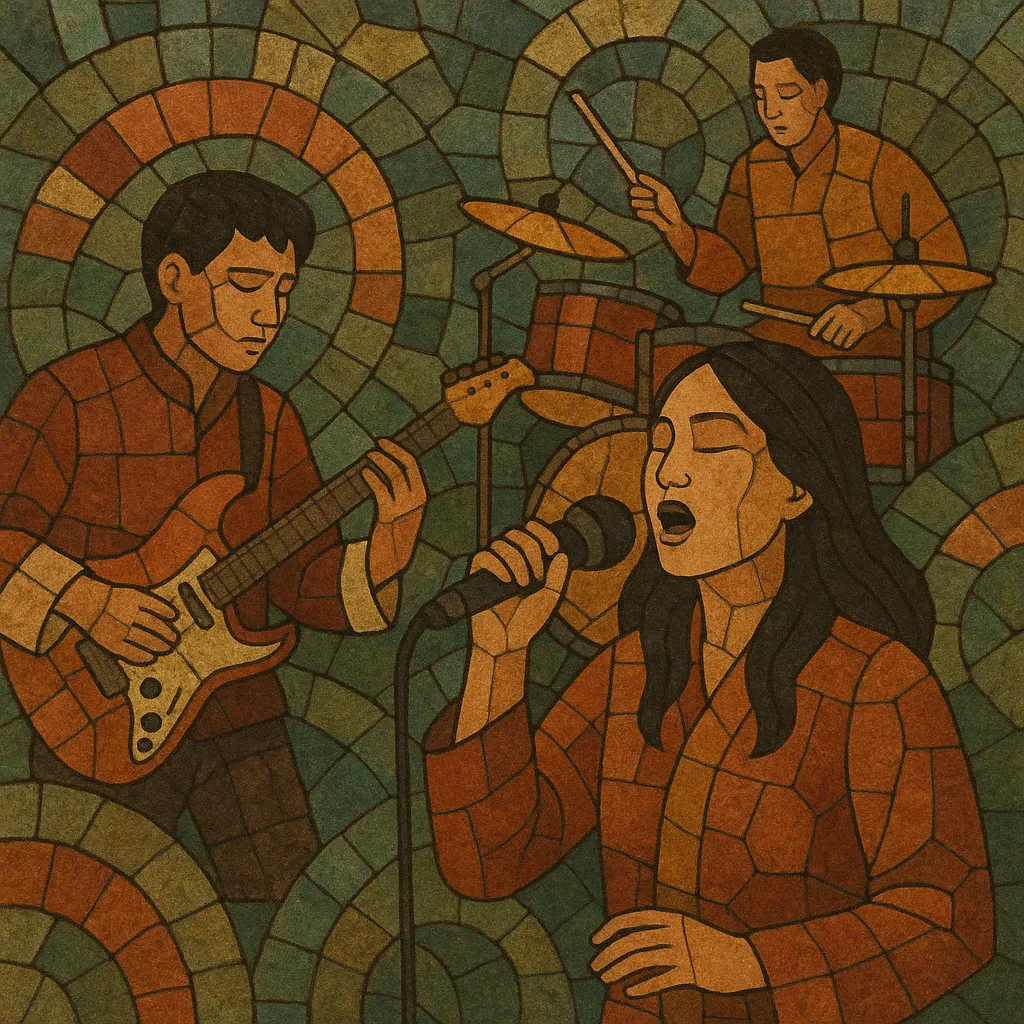Rigsar (Dzongkha for "new trend") is the mainstream popular music of Bhutan.
It emerged as a modern, dance-oriented song style that blends Bhutanese melodic sensibilities with Indian film music and broader South Asian pop influences.
Rigsar songs are typically sung in Dzongkha and other Bhutanese languages, feature catchy verse–chorus structures, and make extensive use of electronic keyboards, drum machines, and electric guitar.
Lyrically, they revolve around romance, everyday life, and patriotic themes, aiming for immediacy and singability.
Over time the sound has incorporated synth-pop textures, karaoke-friendly arrangements, and, more recently, digital production techniques influenced by global pop.
Rigsar arose in Bhutan during the late 1960s as radio and recordings from neighboring India and the Himalayas became more accessible. Early practitioners adapted melodic and rhythmic ideas from Bollywood/filmi songs into Bhutanese language lyrics and performance practices, creating a distinctly local yet contemporary sound.
Through the 1980s and 1990s, rigsar flourished via cassette culture and live performances in urban centers such as Thimphu and Phuentsholing. Affordable electronic keyboards and drum machines shaped the genre’s arrangement style: bright synth leads, programmed beats, and simple, danceable grooves. Production houses and stage shows helped standardize the pop format and spread the music nationwide.
With the growth of television and music videos, rigsar became the country’s dominant pop form. Artists experimented with synth-pop, soft rock touches, and karaoke-friendly mixes. Digital audio workstations and home studios further democratized production, while online platforms expanded audiences, including the Bhutanese diaspora.
Modern rigsar continues to evolve, integrating global pop aesthetics (EDM-inspired drums, fuller synth layers, and polished vocal processing) while retaining Bhutanese melodic contours and lyrical themes. It remains central to festivals, weddings, and popular entertainment, and serves as a gateway for listeners to Bhutan’s broader musical culture.


